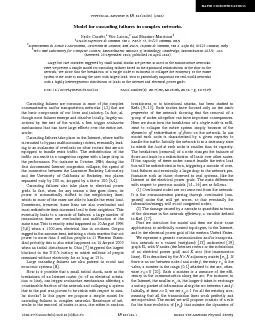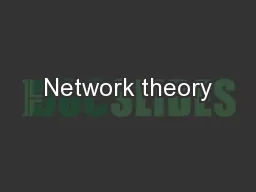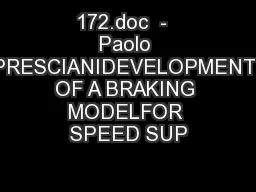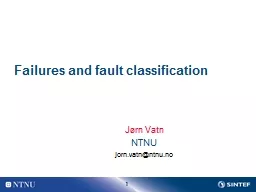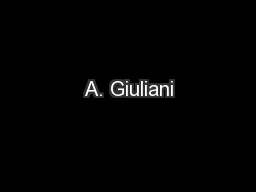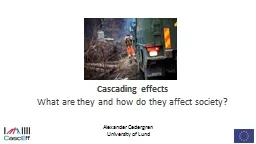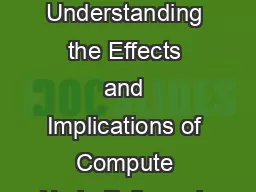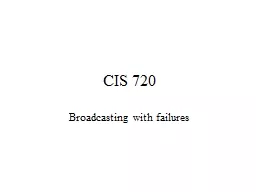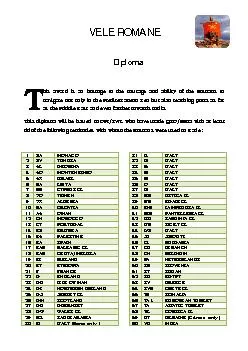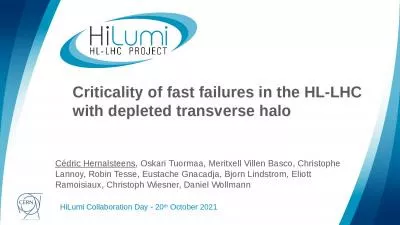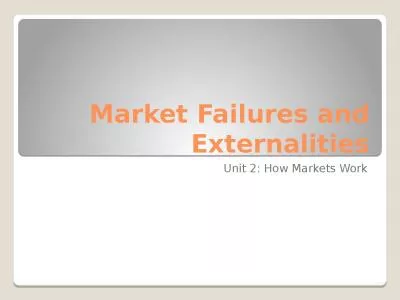PDF-Model for cascading failures in complex networks Paolo
Author : mitsue-stanley | Published Date : 2015-05-12
Paolo 73 95123 Catania Italy Dipartimento di Fisica e Astronomia Universita di Catania and INFN Sezione di Catania Via S So731a 64 95123 Catania Italy W3C and Laboratory
Presentation Embed Code
Download Presentation
Download Presentation The PPT/PDF document "Model for cascading failures in complex ..." is the property of its rightful owner. Permission is granted to download and print the materials on this website for personal, non-commercial use only, and to display it on your personal computer provided you do not modify the materials and that you retain all copyright notices contained in the materials. By downloading content from our website, you accept the terms of this agreement.
Model for cascading failures in complex networks Paolo: Transcript
Download Rules Of Document
"Model for cascading failures in complex networks Paolo"The content belongs to its owner. You may download and print it for personal use, without modification, and keep all copyright notices. By downloading, you agree to these terms.
Related Documents

